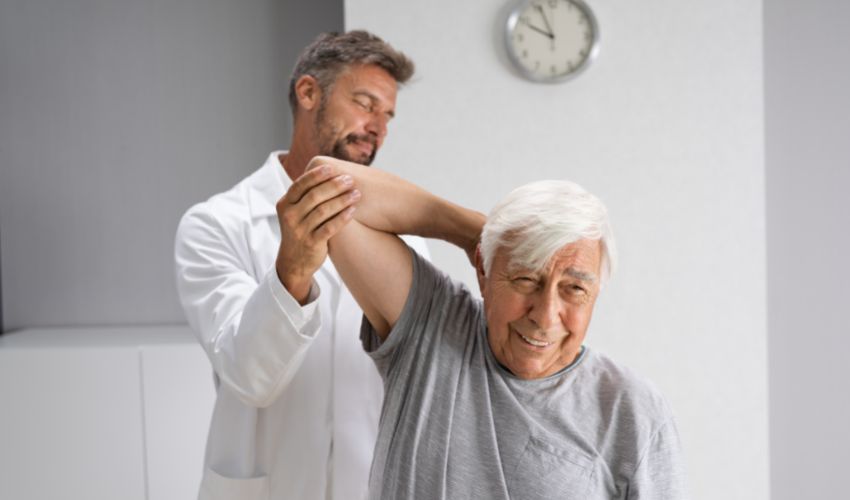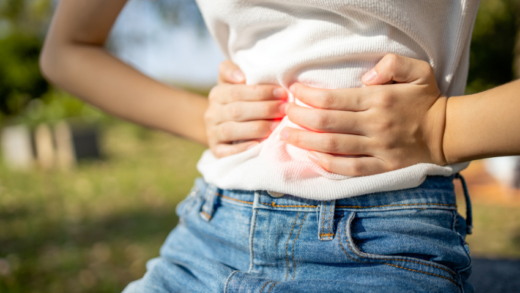After a stroke, the road to recovery can be challenging. Patients may experience physical, cognitive, and emotional changes that require specialized therapy to regain function and improve quality of life. Rehabilitation after stroke is a multi-disciplinary approach that involves a range of therapies to address these changes.
Physical Rehabilitation After Stroke:

Physical rehabilitation after stroke focuses on improving mobility, range of motion, and strength. This type of therapy is often started in the acute phase of stroke recovery and can continue for several months or years depending on the severity of the stroke and the patient’s progress.
Range of motion exercises are designed to maintain flexibility and prevent muscle stiffness. These exercises involve moving the joints through their full range of motion to prevent contractures and maintain joint health.
Strength training is essential for improving muscle strength and overall physical function. Patients may start with simple exercises like lifting light weights or resistance bands and progress to more complex exercises as they gain strength.
Mobility training focuses on helping patients regain their ability to move independently. This type of therapy may involve exercises to improve balance and coordination, as well as walking practice.
Gait training is a specific type of mobility training that helps patients learn how to walk again. This type of therapy may involve using assistive devices like canes or walkers, or working with a physical therapist to improve walking form and balance.
Constraint-induced movement therapy is a technique that involves restricting the use of a patient’s unaffected limb to encourage the use of the affected limb. This type of therapy can be effective in improving function in patients with partial paralysis.
Cognitive Rehabilitation After Stroke:
Cognitive rehabilitation after stroke focuses on improving cognitive function, including memory, attention, problem-solving, and communication skills. This type of therapy is often started in the subacute phase of stroke recovery and can continue for several months or years depending on the patient’s progress.
Memory training involves exercises to improve memory function, such as repeating information, using mnemonic devices, and practicing recall.
Attention training involves exercises to improve attention and focus, such as visual tracking exercises and auditory processing tasks.
Problem-solving training involves exercises to improve problem-solving skills, such as logic puzzles and decision-making tasks.
Communication skills training involves exercises to improve language skills, such as word association and conversation practice.
Occupational therapy focuses on helping patients regain their ability to perform daily tasks, such as dressing, grooming, and cooking. This type of therapy can also help patients return to work or other meaningful activities.
Emotional Rehabilitation After Stroke:
Emotional rehabilitation after stroke focuses on helping patients cope with the emotional changes that can occur after a stroke, such as depression, anxiety, and loss of motivation. This type of therapy is often started in the subacute or chronic phase of stroke recovery and can continue for several months or years depending on the patient’s progress.
Counseling involves talking to a therapist to work through emotional issues related to the stroke, such as grief, anger, and frustration.
Support groups are a valuable resource for stroke patients and their families, providing a safe space to connect with others who have had similar experiences.
Mindfulness meditation is a technique that involves focusing on the present moment and accepting thoughts and feelings without judgment. This type of therapy can be effective in reducing stress and anxiety.
Relaxation techniques, such as deep breathing and progressive muscle relaxation, can help patients reduce stress and promote relaxation.
Pet therapy involves interacting with animals, such as dogs or cats, to improve mood and reduce stress.
FAQs:
How long does stroke rehabilitation take?
The length of rehabilitation varies depending on the severity of the stroke and the patient’s overall health. Some patients may need several months of rehabilitation, while others may require ongoing therapy.

Is rehabilitation after stroke covered by insurance?
Yes, most insurance plans cover stroke rehabilitation. Medicare and Medicaid also cover stroke rehabilitation.
Can stroke rehabilitation improve cognitive function?
Yes, cognitive rehabilitation can help stroke patients improve memory, attention, problem-solving, and communication skills.
Can emotional rehabilitation after stroke help with depression?
Yes, counseling, support groups, mindfulness meditation, relaxation techniques, and pet therapy can all help with depression and other emotional issues.
Is rehabilitation after stroke effective?
Yes, rehabilitation after stroke has been shown to be effective in improving physical, cognitive, and emotional function in stroke patients.
Conclusion:
Rehabilitation after stroke is a critical part of the recovery process. It can help patients regain their independence and improve their quality of life. Physical, cognitive, and emotional rehabilitation all play a crucial role in the rehabilitation process. If you or a loved one has suffered a stroke, speak to your healthcare provider about the most effective rehabilitation methods for your needs. With the right therapy and support, it is possible to recover from a stroke and regain a fulfilling life.






















